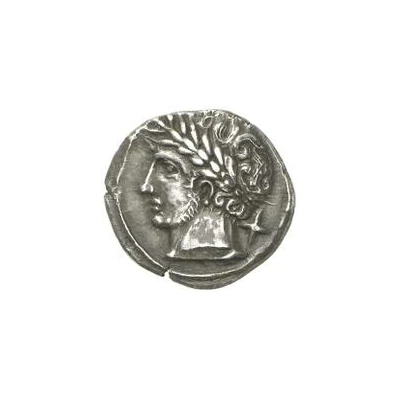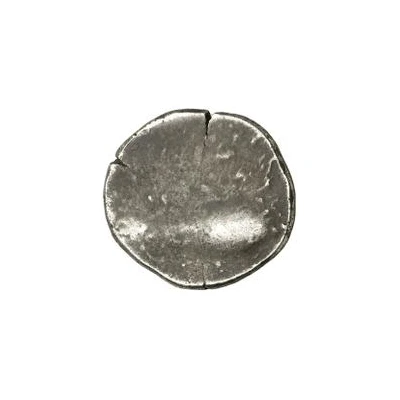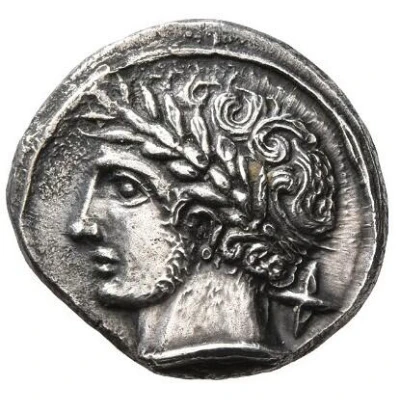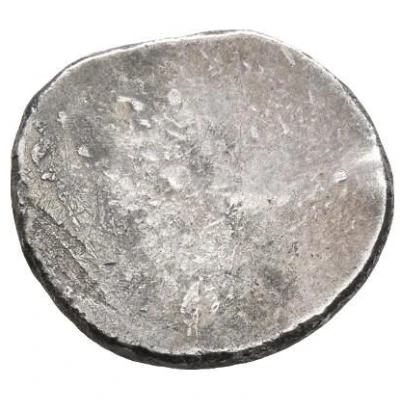


© Fritz Rudolf Künker GmbH & Co. KG, Osnabrück and Lübke & Wiedemann KG, Leonberg
Silver 10 Asses Apulu series II: facing left; club 301 BC - 206 BC
| Silver | 3.45 g | 19 mm |
| Issuer | Populonia (Etruria) |
|---|---|
| Type | Standard circulation coin |
| Years | 301 BC - 206 BC |
| Value | 10 Asses |
| Currency | As (circa 475-201 BC) |
| Composition | Silver |
| Weight | 3.45 g |
| Diameter | 19 mm |
| Shape | Round (irregular) |
| Technique | Hammered |
| Demonetized | Yes |
| Updated | 2024-10-09 |
| Numista | N#179416 |
|---|---|
| Rarity index | 100% |
Reverse
Club.
Edge
Plain
Comment
There has been much controversy on dating Populonian coins, and as such, the date ranges my vary per source.The second Apulu series was struck using Populonia's fourth silver standard, which is equal to the third silver standard except with the weights of all denomination being halved.
Interesting fact
The Silver 10 Asses coin from Populonia (Etruria) features a unique design on its reverse side, depicting a club, which was a symbol of the Etruscan god Apulu. This design was used in the Apulu series II of coins, which were issued during the 3rd century BC. The use of this symbol highlights the cultural and religious influences of the Etruscan civilization, which was prevalent in central Italy during that time period.

